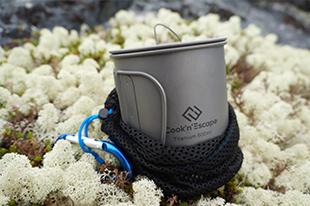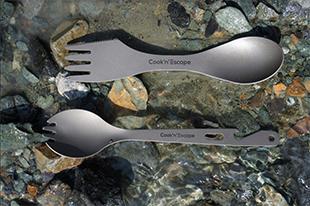Should you bring a dog in the great outdoors with you?

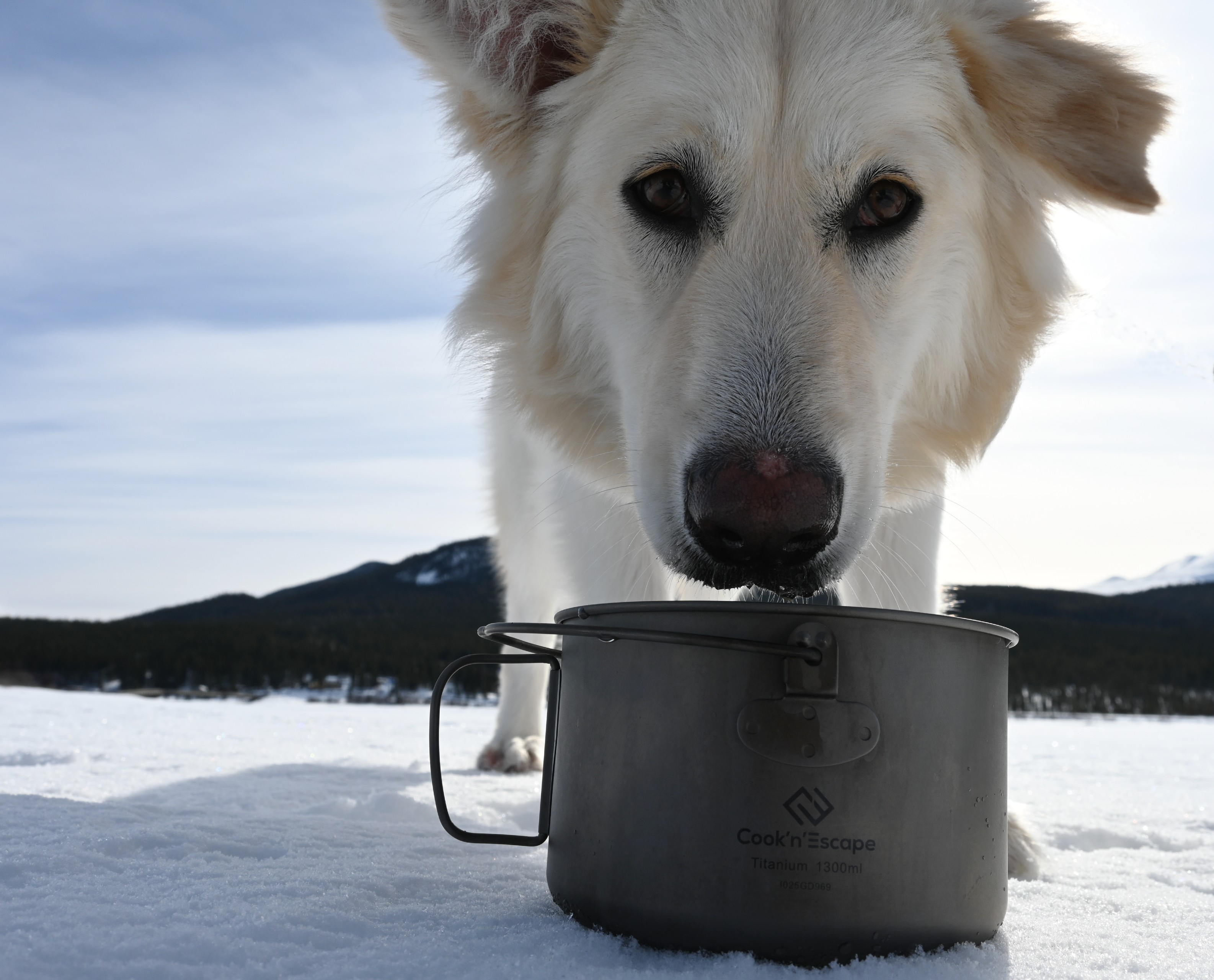
Should you bring a dog in the great outdoors with you?
No better companion than a dog in the outdoors, right? Are you considering bringing Fido to the next outdoor adventure? Let’s review the pros but also examine the cons because this should not be a decision taken lightly.
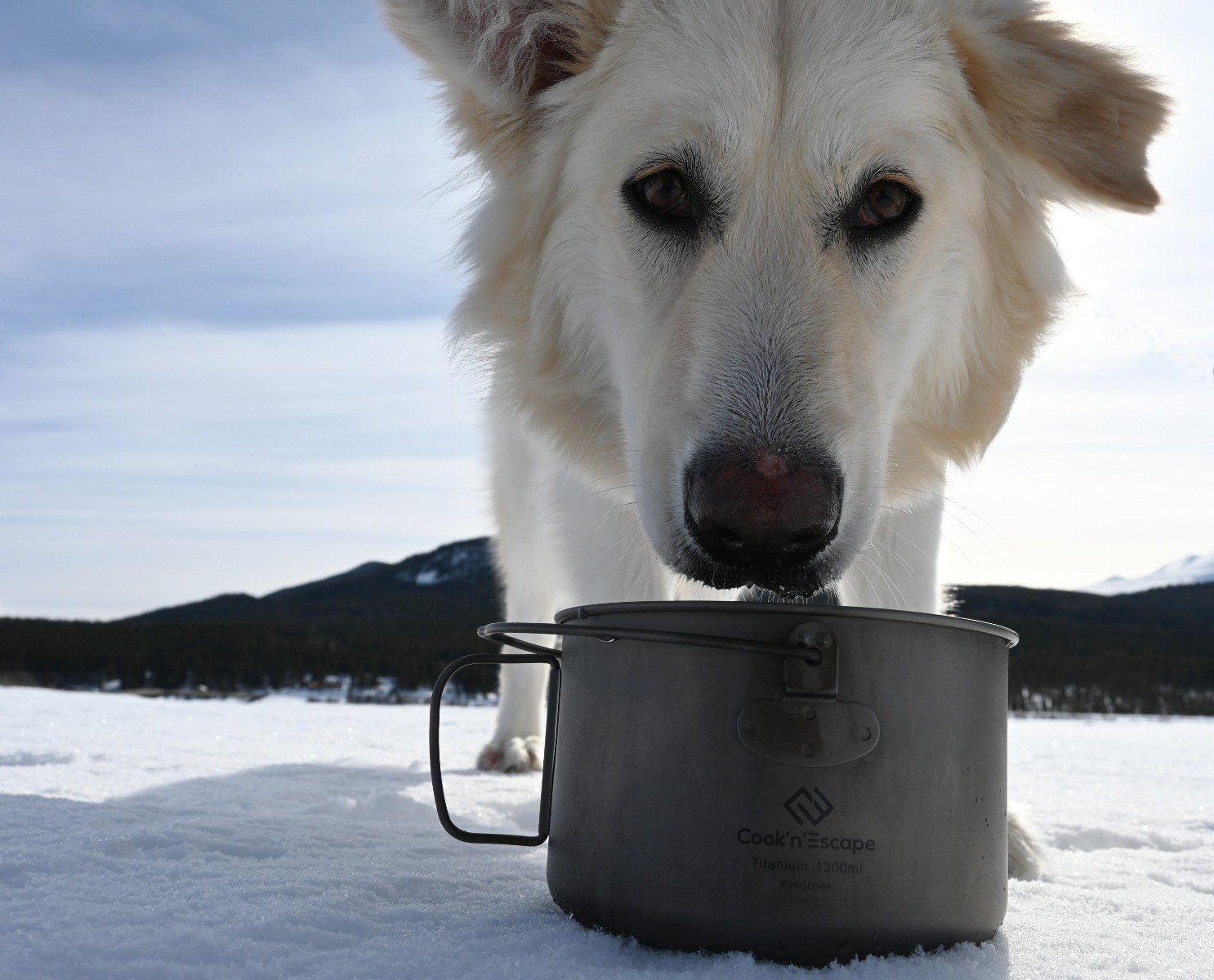
The feeling of companionship is fantastic with man’s best friend. It’s hard to find a better bonding time than an outdoor adventure. You will be with your dog 24/7, and share the good times and the rough times. It’s a family member after all!
Another advantage: Doggie never complains. It won’t tell you about the painful rocks stuck in its hiking boots, and never whine every five minutes with “are we there yet?” Fido will be happy to be outdoors with you.
Your favorite canine can improve the safety of your adventure. A fantastic sense of smell may detect a danger long before you do. Dogs have always been used as warning systems. And who knows, Fido may even defend you against dangerous predators!
On the downside, weigh carefully a few considerations before bringing your dog on the adventure.
What kind of dog is it? Size and breed matter. Not every dog is made for the outdoors. Hunting dogs, shepherd dogs, and sled dogs, have adequate size and temperament for the outdoors, but you should think twice about the smaller breeds or the very large breeds. You want a dog with enough stamina, and not too small so it does not get a victim to the first predator crossing its path. Is your dog the wandering type? Dogs can become lost too!
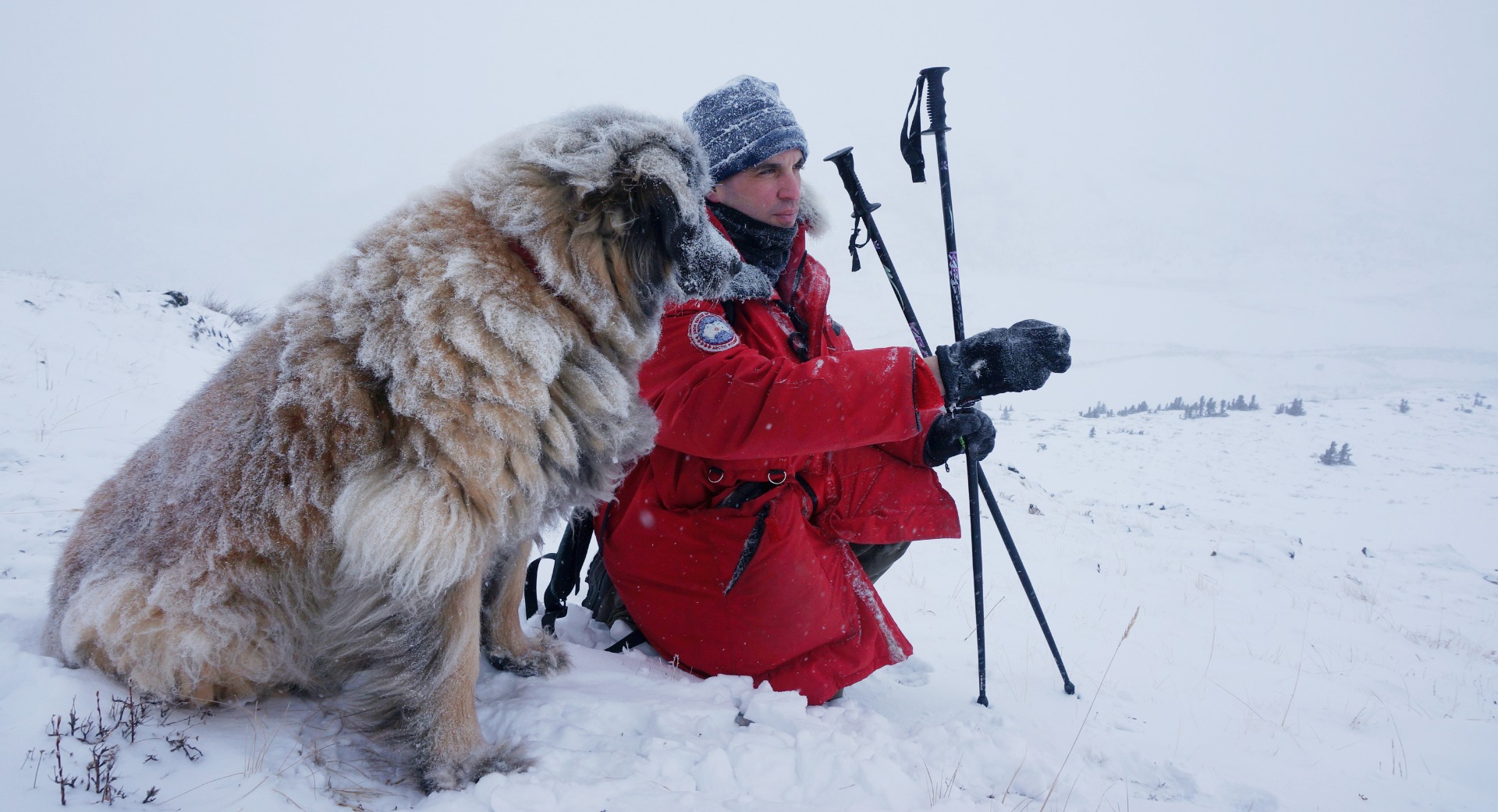
Next, consider your pooch’s fitness: it should not be too young or too old. It should be trained. Have you done regular outdoor activities with Fido? Don’t assume all dogs are athletes, there is quite a fitness gap between the dogs running the Iditarod or the Yukon Quest, and the usual family pet. Dogs’ stamina and bodies change over time –just like for humans– Do they have medical conditions? Are their vaccinations up to date?
What obstacles will be encountered on the trail? Will there be hiking on sharp rocks? Think about protecting the little paws of your favorite animal. Will the trip involve any sort of rock climbing? Dogs are not species made for rock climbing. Will it involve deep creek crossings? Dogs can swim, but they can drown too. Is your dog afraid of thunderstorms? You don’t want it to run away! Remember that hot or cold areas can both be dangerous. Dogs with thick fur will be fine in winter, but others could suffer hypothermia or frostbite, just like humans would. Dogs can easily overheat as well!
Is the area you want to explore institutionally “dog friendly”? In many parks areas, dogs are only accepted on a leash, and many national parks don’t even allow dogs. On some established trails and camping areas, you will have to pack out the dog poop. Are you OK with the added chore?
Last consideration: the interactions of your dog with wildlife. It is part of a dog’s instinct to chase things that run. However deers, squirrels, and other wildlife should not be harassed by pets, it’s not OK, especially in wildlife-protected areas. And if we talk about large animals, like bears, if your dog chases one, it may bring it back to you! A dangerous turn of events for your own safety.
If after all those general considerations you still believe the four-legged friend should be part of the adventure, read this (link other article how to take care of a dog in the Great Outdoors)



